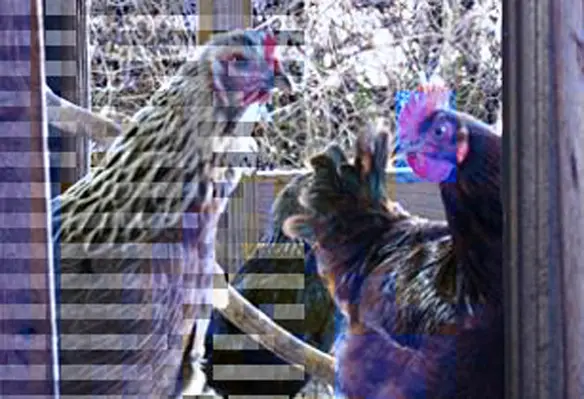Selecting the right type of house for poultry allows efficient production of broilers and eggs within a stress-free environment with maximum economy of feed
Therefore, it is imperative that the interior of the house must be designed and arranged for minimal labour requirement and within affordable construction and maintenance costs.
A properly designed and correctly constructed poultry house provides the required level environmental control for birds to live and grow in comfortable, hygienic and well-ventilated and illuminated conditions. With this achieved, birds are protected from direct sunlight, rain, draughts, extremes and sudden changes in temperature, as well as gases and fumes including carbon dioxide and ammonia from manure and soiled litter.
Overhead costs should be low and no more than 15 per cent of total production costs. Design and construction should take into account the need for multi-purpose use — adaptations for brooding, rearing and egg lay, but on no account should birds of different ages be raised simultaneously under one roof.
Site and location
The next big step is the location of the house, which must be accessible via a good all- weather road so that inputs can be brought in and produce taken out. Reliable sources of clean piped water and electricity are essential. Drainage should be considered from the point of view of poultry health, including the disposal of poultry waste.
The selected site should have access to natural air movements and to this, end wind speeds and directions should be studied over a period of time, whole year if possible, so that the house receives the most favourable orientation to the prevailing winds.
Farmers should avoid sites that are prone to water-logging, which have air movements obstructed by natural barriers or other farm buildings.
Poultry house layout, in relation to the entire farm and other individual buildings and their functions, is another important consideration. Design plans must ensure that wind direction, water drainage and work routine moves from buildings holding younger stock to buildings holding older stock.
Surrounding vegetation
Always place the house well away from concentrated blocks of tall plantation tree crops like rubber and other buildings so there is no interference with natural air flow onto and through the poultry house.
Tall trees with bare trunks, foliage restricted to tree crowns near to the house can provide good shading benefits without interfering with the flow of air. But small bushy trees and shrubs like citrus and mango have an overall negative effect because they are not tall enough to provide shade but will still interrupt air flows.
By Dr Terry Mabbett
To continue reading the rest of this article, please see the February/March 2014 issue of Far Eastern Agriculture





